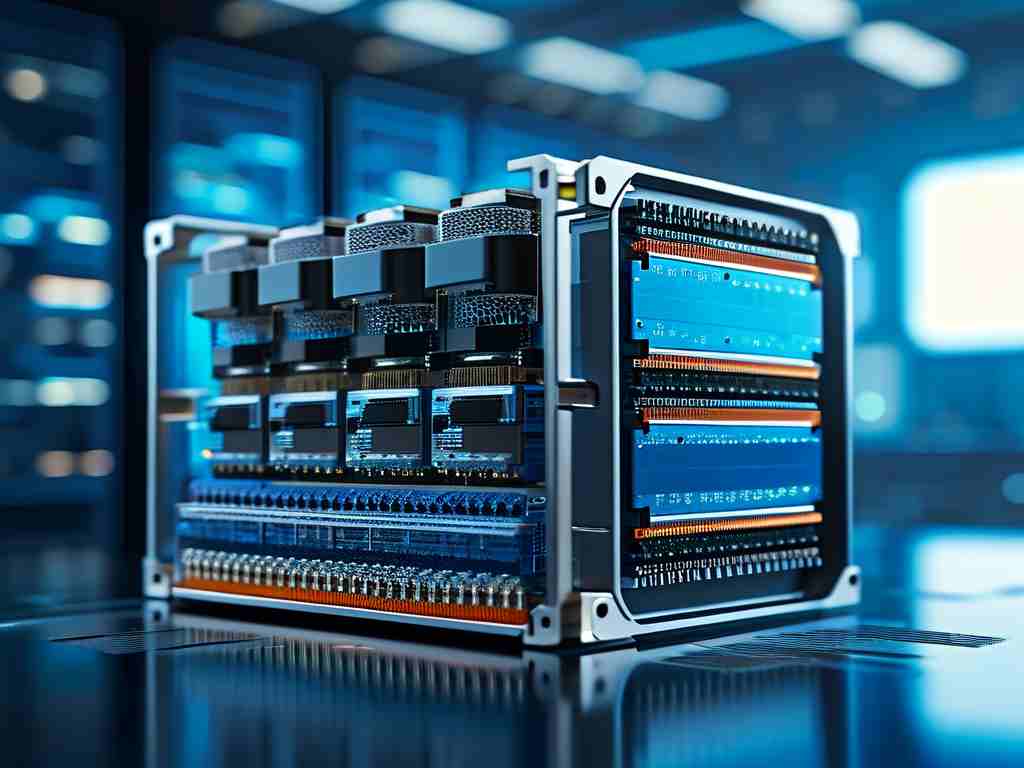The convergence of memory and processing has long been considered the holy grail of computing architecture. Memristor-based in-memory computing (IMC) emerges as a groundbreaking solution, fundamentally redefining how systems handle complex computations while dramatically reducing energy consumption. This technology leverages the unique properties of memristors – non-volatile electronic components that "remember" previous electrical states – to execute calculations directly within memory arrays.

At the heart of this innovation lies the memristor's ability to store and process information simultaneously. Unlike traditional von Neumann architectures that shuttle data between separate memory and processing units, IMC systems eliminate this bottleneck through analog matrix operations. A single crossbar array of memristors can perform vector-matrix multiplication in constant time, making it particularly effective for neural network operations. Researchers at Tsinghua University recently demonstrated a 40nm memristor chip achieving 91.5% accuracy on MNIST datasets with 100x lower energy consumption than GPUs.
Three technical breakthroughs fuel this progress:
# Simplified memristor conductance update model
def update_conductance(G, V, dt):
alpha = 0.1 # Material-dependent constant
G_new = G + alpha * V * dt
return np.clip(G_new, 1e-6, 1e-3)
This code snippet illustrates the fundamental principle of conductance modulation in memristive devices, enabling synaptic weight updates in neuromorphic systems.
Commercial implementations are gaining momentum. Startups like Rain Neuromorphics and Mythic AI have developed memristor-based processors that deliver 10 TOPS/W efficiency for edge computing applications. Major semiconductor players are exploring hybrid designs combining CMOS technology with memristor crossbars, with Intel's Loihi 2 neuromorphic chip showing 10x improvements in sparse coding tasks compared to its predecessor.
The environmental implications are equally significant. By reducing data movement – which accounts for 60-70% of energy consumption in conventional AI chips – memristive IMC systems could decrease data center power usage by orders of magnitude. A 2023 Nature Electronics study projected that widespread adoption could prevent 50 million tons of CO2 emissions annually by 2030.
Challenges persist in device uniformity and programming interfaces. Cycle-to-cycle variability in memristor switching remains a hurdle, though advanced pulse-shaping techniques and error correction algorithms show promise. The IEEE P2941 working group is currently standardizing memristor characterization protocols to accelerate industry adoption.
From healthcare to autonomous systems, applications are proliferating. Researchers at Stanford recently implemented a memristor-based CNN accelerator for real-time tumor detection in endoscopic video, achieving 98ms latency with 94.3% accuracy. Automotive manufacturers are testing in-memory computing modules for LiDAR processing, demonstrating 3x faster obstacle recognition compared to traditional ECUs.
As fabrication techniques mature, 3D vertical memristor arrays are pushing storage densities beyond 100Gb/cm². Samsung's latest 3D memristor prototype stacks 128 layers with 4-bit/cell operation, potentially enabling exascale neural networks on edge devices. This vertical integration approach also facilitates novel computing paradigms like stochastic neural networks and analog reservoir computing.
The roadmap ahead involves three key developments: hybrid precision architectures combining analog memristor arrays with digital logic, standardized development toolchains, and new machine learning frameworks optimized for analog in-memory computation. With global investments exceeding $2B in 2024, memristor-based IMC is poised to redefine computing infrastructure across cloud, edge, and embedded domains.


